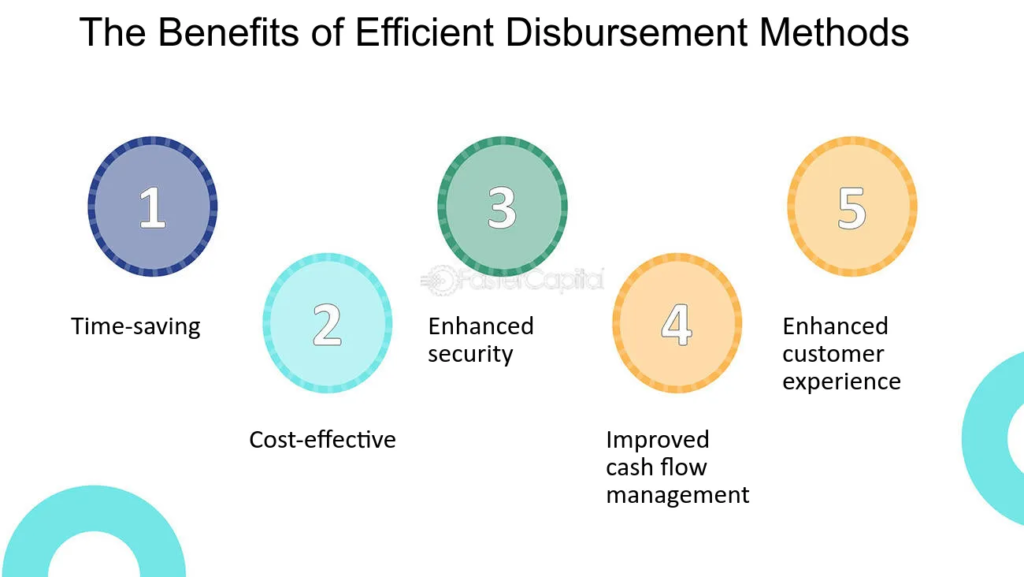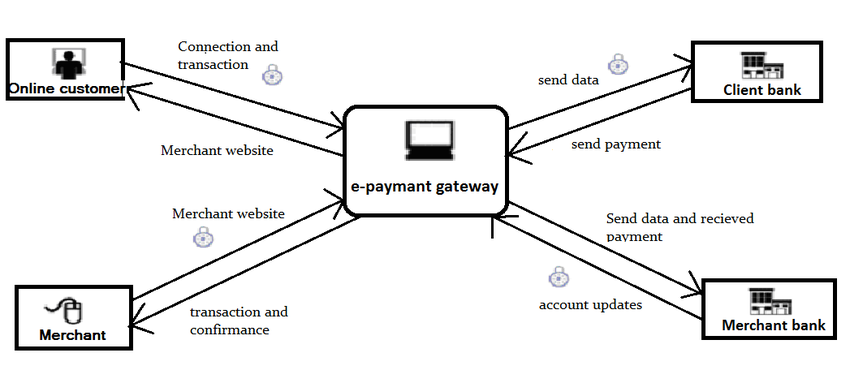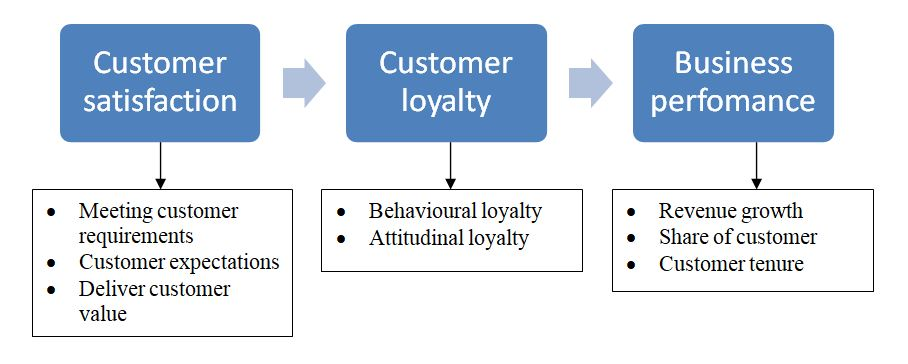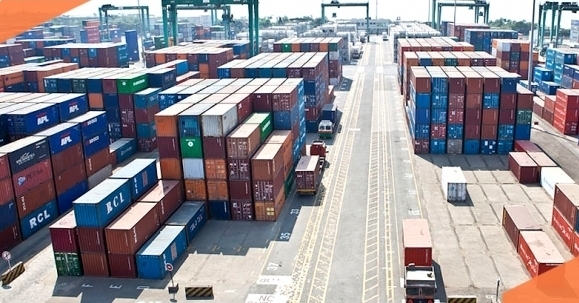AUTHOR : JAYOKI
DATE : 19/12/2023
Introduction
In the vast landscape of India’s economic development payment processing plays a pivotal role. This article delves into the intricacies of payment processing for terminal-to-terminal ,shedding light on its evolution, challenges, solutions, and future trends.
Evolution of Payment Processing
Payment processing has undergone a remarkable transformation over the years. From bartering and cash transactions to checks, credit cards, and now digital wallets, the journey reflects technological and economic advancements. Innovations like real-time payment systems, blockchain, and biometric authentication have revolutionized the way businesses and individuals transfer money. This evolution has made transactions faster, more secure, and accessible, reshaping global commerce and daily financial interactions.
Terminal-to-Terminal Transport: An Overview
Terminal-to-terminal transport involves the movement of vehicles between designated terminals, where they are picked up and dropped off, rather than door-to-door delivery. This method is commonly used for international shipping or long-distance transport, offering cost savings compared to more personalized delivery services. It typically requires customers to transport their vehicles to and from the terminal. While it may take longer, terminal-to-terminal transport is a reliable and efficient option for bulk shipments.
Challenges in Payment Processing for Terminal-to-Terminal Transport
Challenges in payment processing for terminal-to-terminal transport[1] include managing multiple payment methods across various locations, leading to potential delays and errors. Currency conversion issues may arise in international shipments, adding complexity to transactions. Additionally, coordinating payments with terminal operators and ensuring timely processing can lead to administrative burdens. Integrating secure, streamlined payment systems is essential to overcome these challenges and enhance efficiency.
Navigating Integration Challenges
Navigating integration challenges involves aligning payment systems with existing logistics platforms, which can be complex and time-consuming. Businesses often face difficulties in ensuring seamless data exchange between different software and payment gateways. Transport in India[2] Compatibility issues, system upgrades, and security concerns can also complicate the integration process. However, careful planning, using standardized APIs, and collaborating with experienced developers can help overcome these challenges and achieve smooth integration.

Government Regulations
Government regulations play a critical role in shaping payment processing and logistics operations, particularly in international shipments. Compliance with customs laws, tax regulations, and data protection requirements is essential to avoid fines and legal issues. Shipping terminal[3] Businesses must stay updated on changing regulations across different countries to ensure smooth transactions and avoid delays. Navigating these regulations carefully helps maintain trust with customers and ensures lawful operations across borders.
Benefits of Efficient Payment Processing
Efficient payment processing not only enhances security but also improves operational efficiency[4]. Terminal Operating System Exploring these benefits underscores the importance of establishing robust payment systems in terminal-to-terminal transport.
The Role of Digital Wallets in Modern Payment Processing
Digital wallets play a significant role in modern payment processing by offering a secure, fast, and convenient way to handle transactions. They allow users to store multiple payment methods, streamlining the checkout process and reducing the need for physical cards. With features like tokenization and encryption, digital wallets enhance security, Payment terminal[5] protecting sensitive information during transactions. As mobile payments and e-commerce grow, digital wallets are becoming increasingly important for both consumers and businesses in simplifying payment experiences.
The Future of Payment Processing in India
The future of payment processing in India looks promising with the rapid adoption of digital payments, mobile wallets, and UPI (Unified Payments Interface). Advancements in AI and blockchain technology will drive enhanced security and faster transactions. As more people in rural and urban areas gain access to digital tools, the payment ecosystem will continue to grow, making financial services more inclusive and efficient across the country.
Importance of SEO in Terminal-to-Terminal Transport Industry
SEO is crucial in the terminal-to-terminal transport industry as it helps businesses increase their online visibility and attract potential customers. By optimizing websites with relevant keywords, content, and local search strategies, companies can rank higher in search engine results, making it easier for clients to find their services. Effective SEO enhances brand credibility, drives organic traffic, and ultimately boosts conversions. In a competitive market, a strong SEO strategy ensures that terminal-to-terminal transport services remain visible and accessible to a wider audience.

User-Friendly Payment Interfaces
A seamless user experience is paramount in payment processing. This section explores the importance of user-friendly payment interfaces and provides best practices for optimizing user interactions.
Marketing Strategies for Payment Processing Companies
Marketing strategies for payment processing companies focus on building trust, showcasing security features, and highlighting the efficiency of their services. Key strategies include content marketing, where companies can educate customers about the benefits of secure payment solutions, and social media engagement to reach a broader audience. Partnerships with e-commerce platforms and businesses looking to streamline transactions can also boost visibility. Additionally, offering demos, free trials, and customer testimonials can help build credibility and demonstrate the value of the payment solutions to potential clients.
Real-time Tracking and Reporting
Real-time tracking and reporting enable authorities and cryptocurrency exchanges to monitor transactions as they occur. By leveraging advanced technologies like blockchain analytics and AI, suspicious activities can be flagged instantly, ensuring a more secure and transparent financial ecosystem.
Customer Satisfaction and Loyalty

Prioritizing customer satisfaction is key to building long-term relationships. This section delves into customer-centric approaches and strategies for fostering loyalty within the terminal-to-terminal transport industry.
The Impact of Global Trends on Indian Terminal-to-Terminal Transport
Global trends in technology, trade, and logistics are reshaping India’s terminal-to-terminal transport sector. Advancements such as automation, digital freight management, and green logistics are driving efficiency and sustainability. Additionally, global supply chain disruptions and the push for regional connectivity influence India’s transport policies and infrastructure upgrades. These trends are fostering innovation, improving operational efficiency, and ensuring India’s competitiveness in the global market.
Conclusion
In conclusion, this article provides a comprehensive exploration of payment processing for terminal-to-terminal transport in India. By understanding the evolution, challenges, solutions, and future trends, stakeholders can navigate this dynamic landscape with confidence.
FAQs
Q1: How does efficient payment processing enhance security in terminal-to-terminal transport?
Efficient payment processing employs advanced encryption technologies, reducing the risk of security breaches and ensuring secure transactions.
Q2: What role does SEO play in the terminal-to-terminal transport industry?
SEO is crucial for improving online visibility and driving business in the terminal-to-terminal transport industry, helping companies reach their target audience effectively.
Q3: How can payment processing companies leverage social media for marketing?
Payment processing companies can use social media platforms to create brand awareness, engage with their audience, and showcase their services.
Q4: Why is real-time tracking important in terminal-to-terminal transport?
Real-time tracking enhances operational efficiency, providing accurate information on the location and status of goods during transit.
Q5: How can companies prioritize customer satisfaction in the terminal-to-terminal transport industry?
Companies can prioritize customer satisfaction by implementing customer-centric approaches, addressing concerns promptly, and focusing on building lasting relationships.

